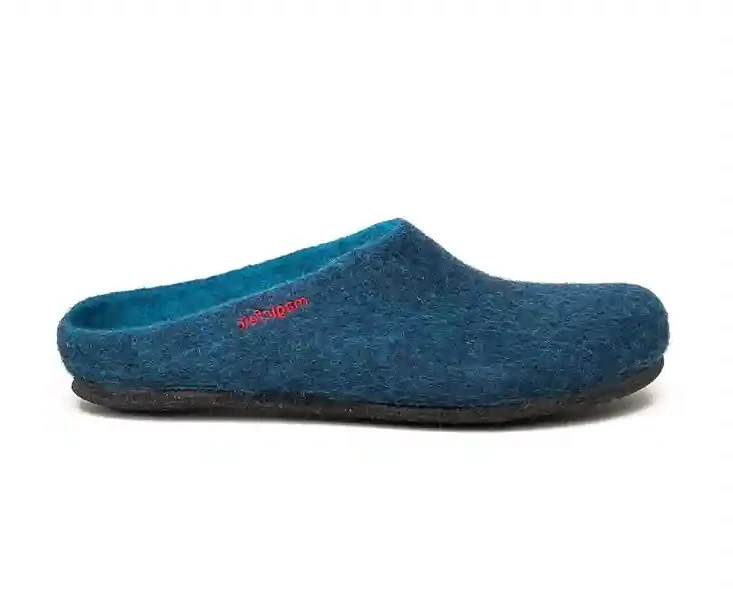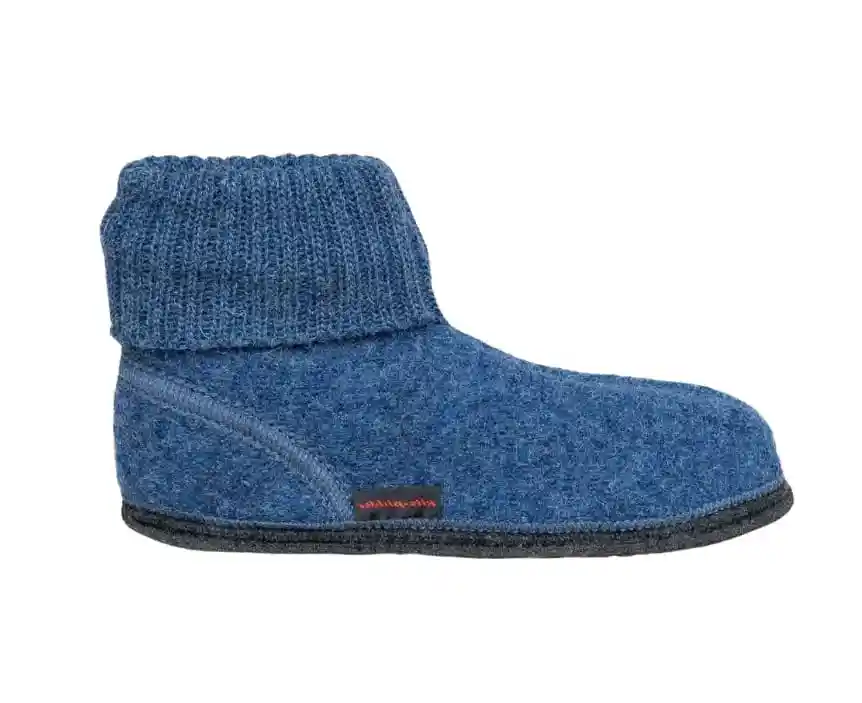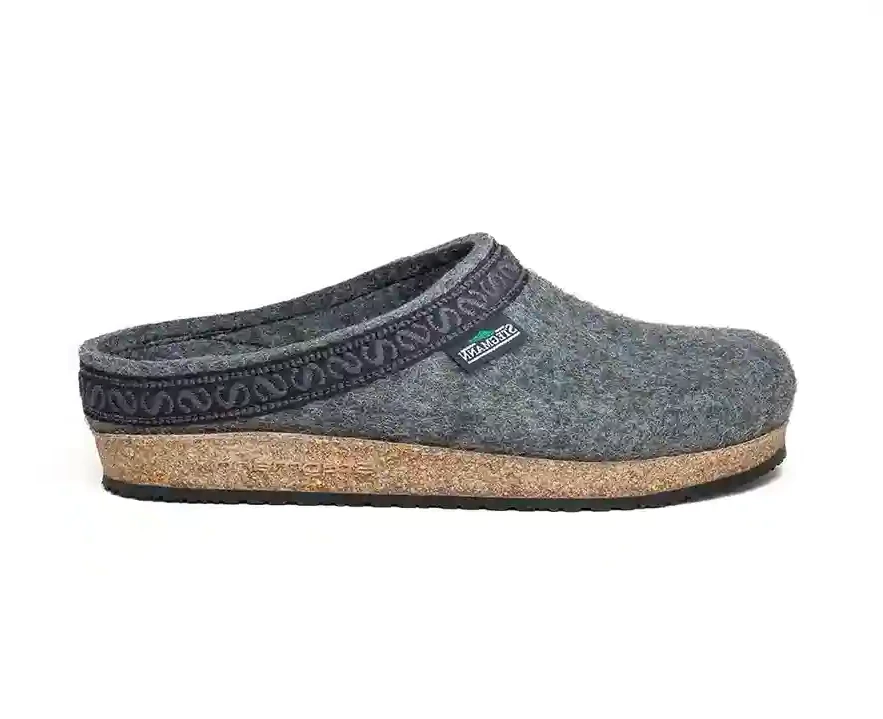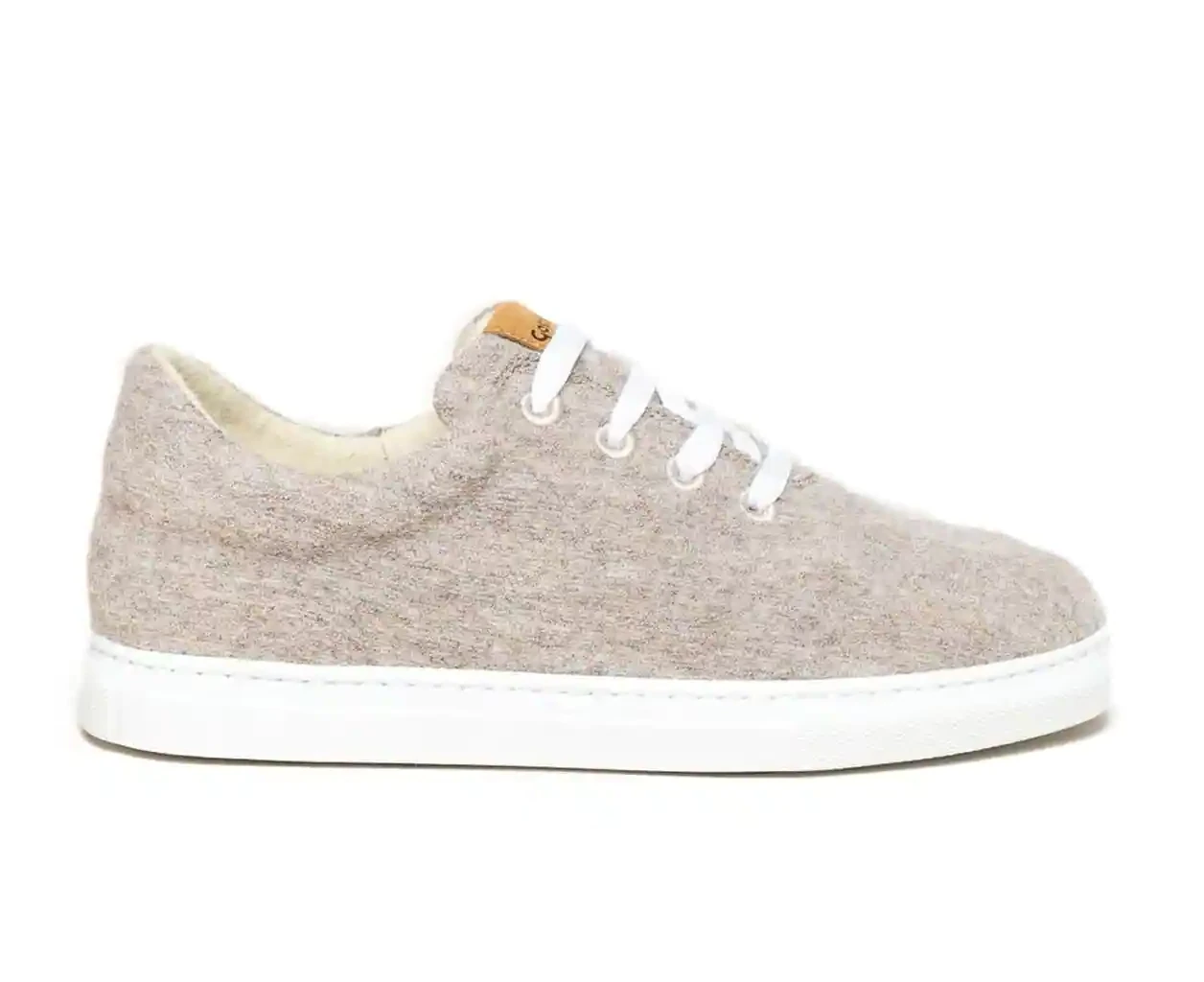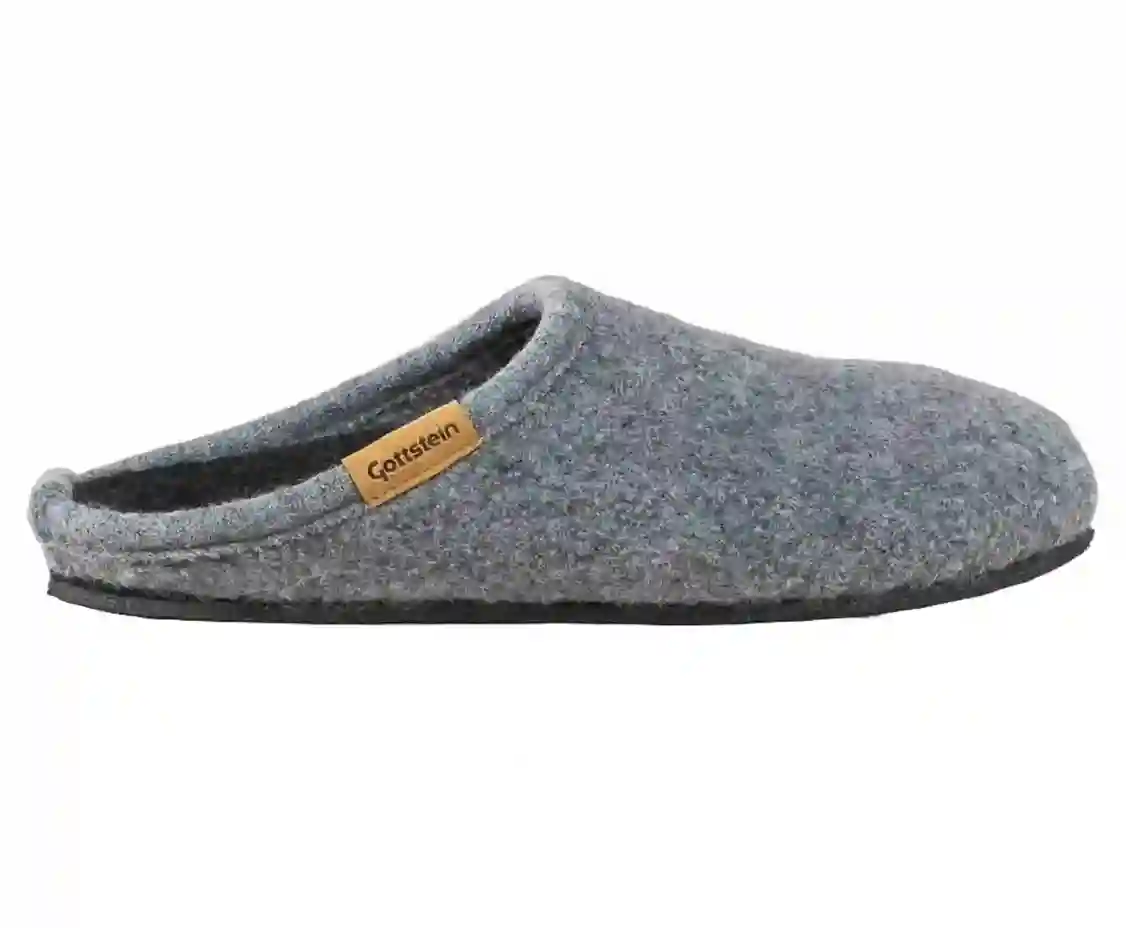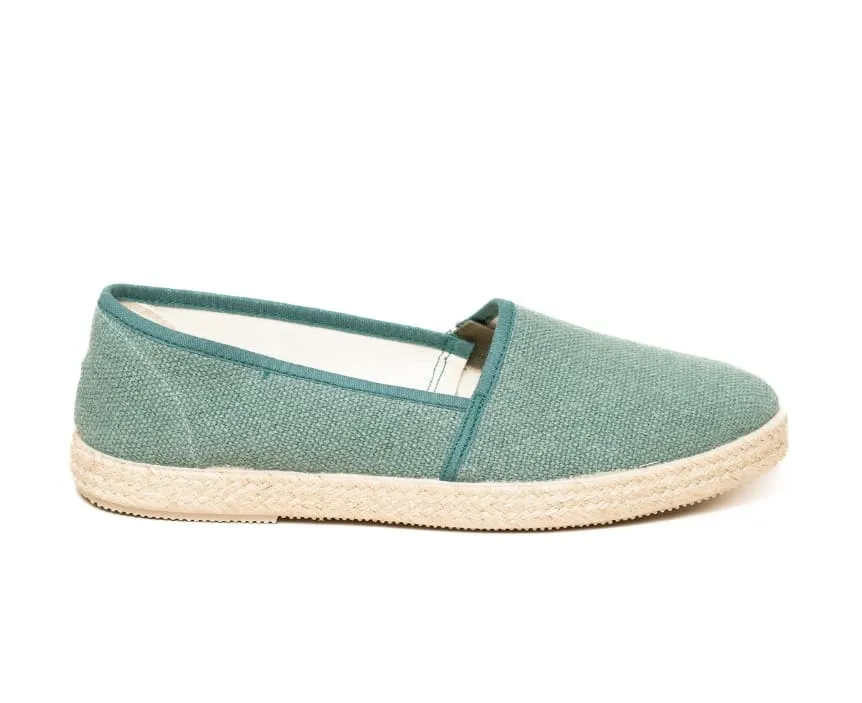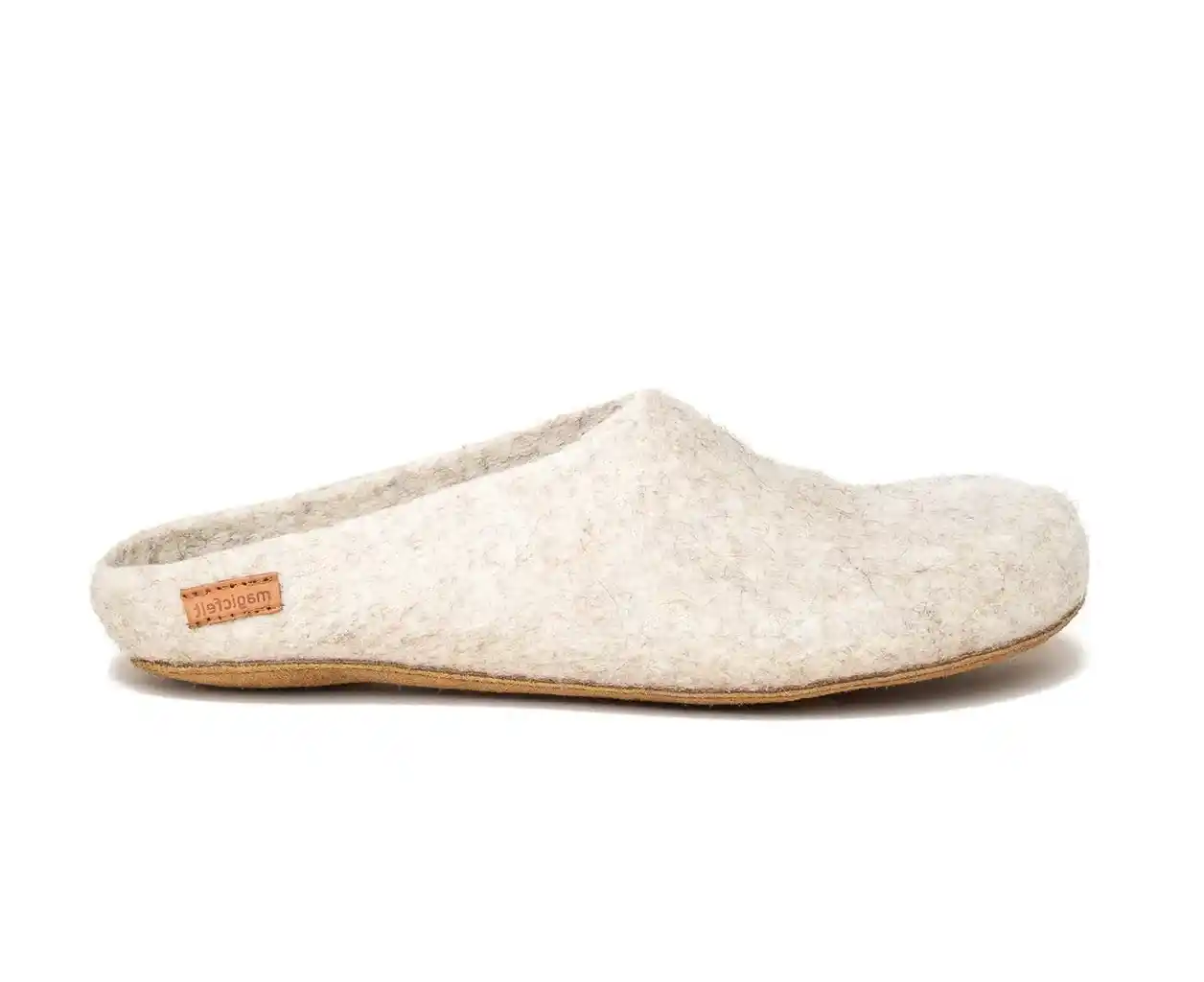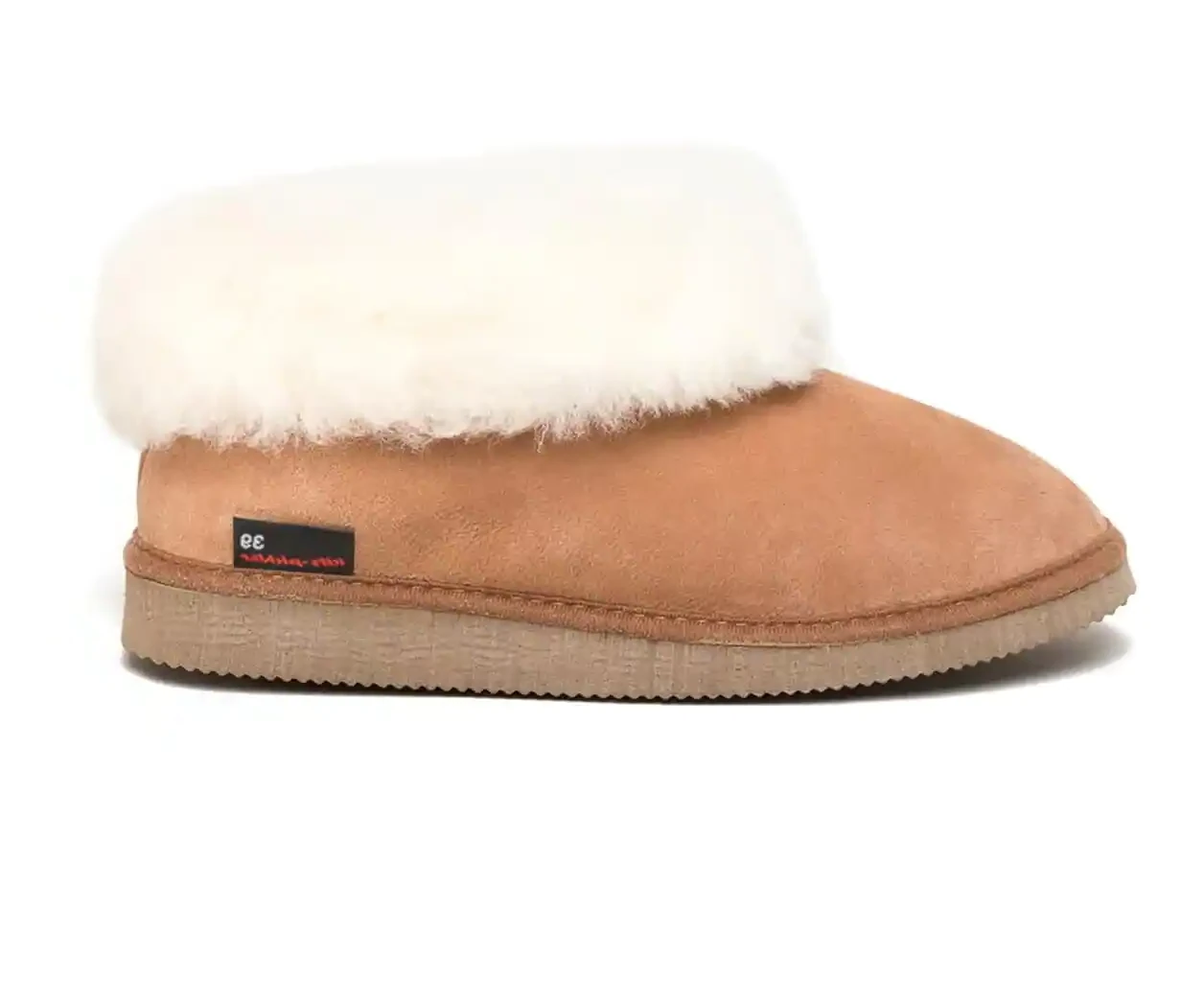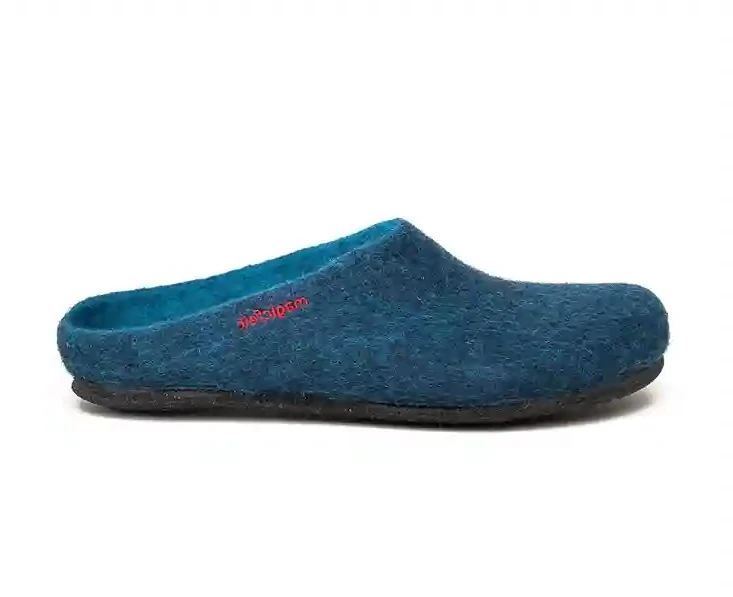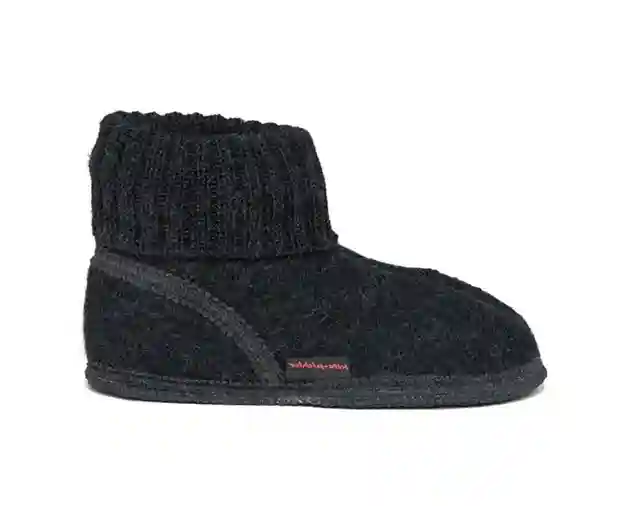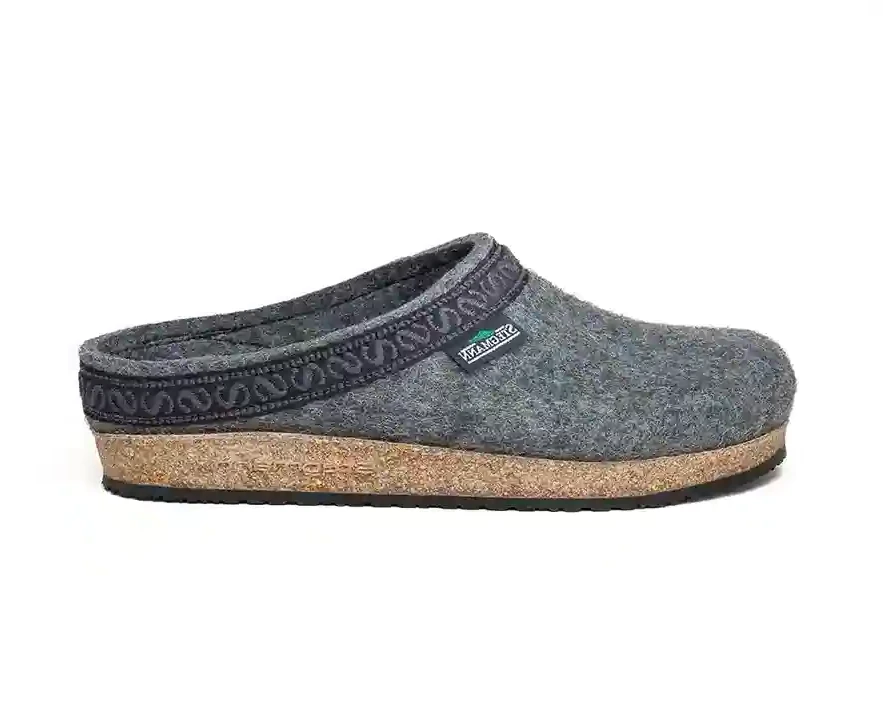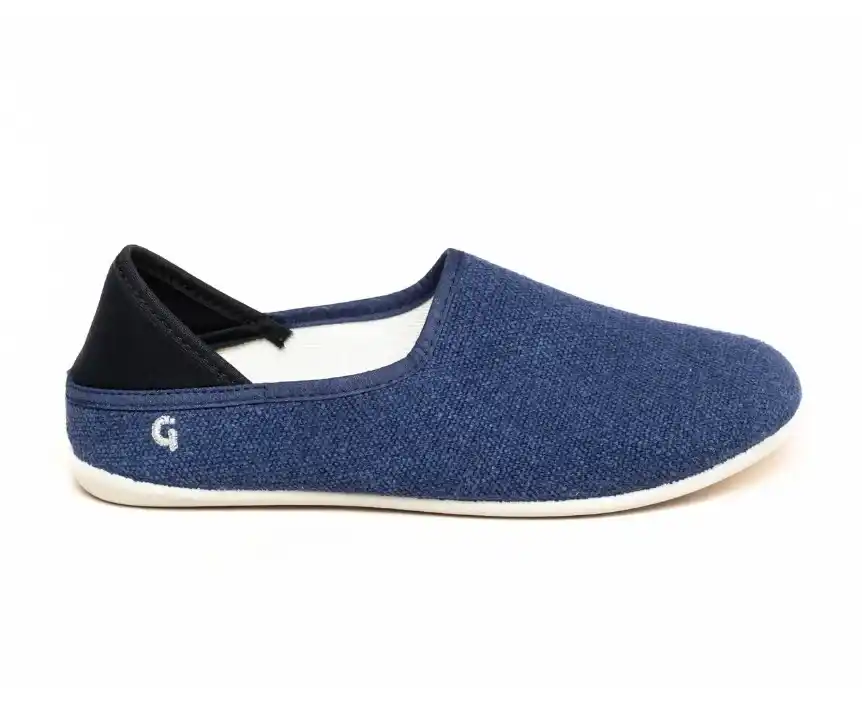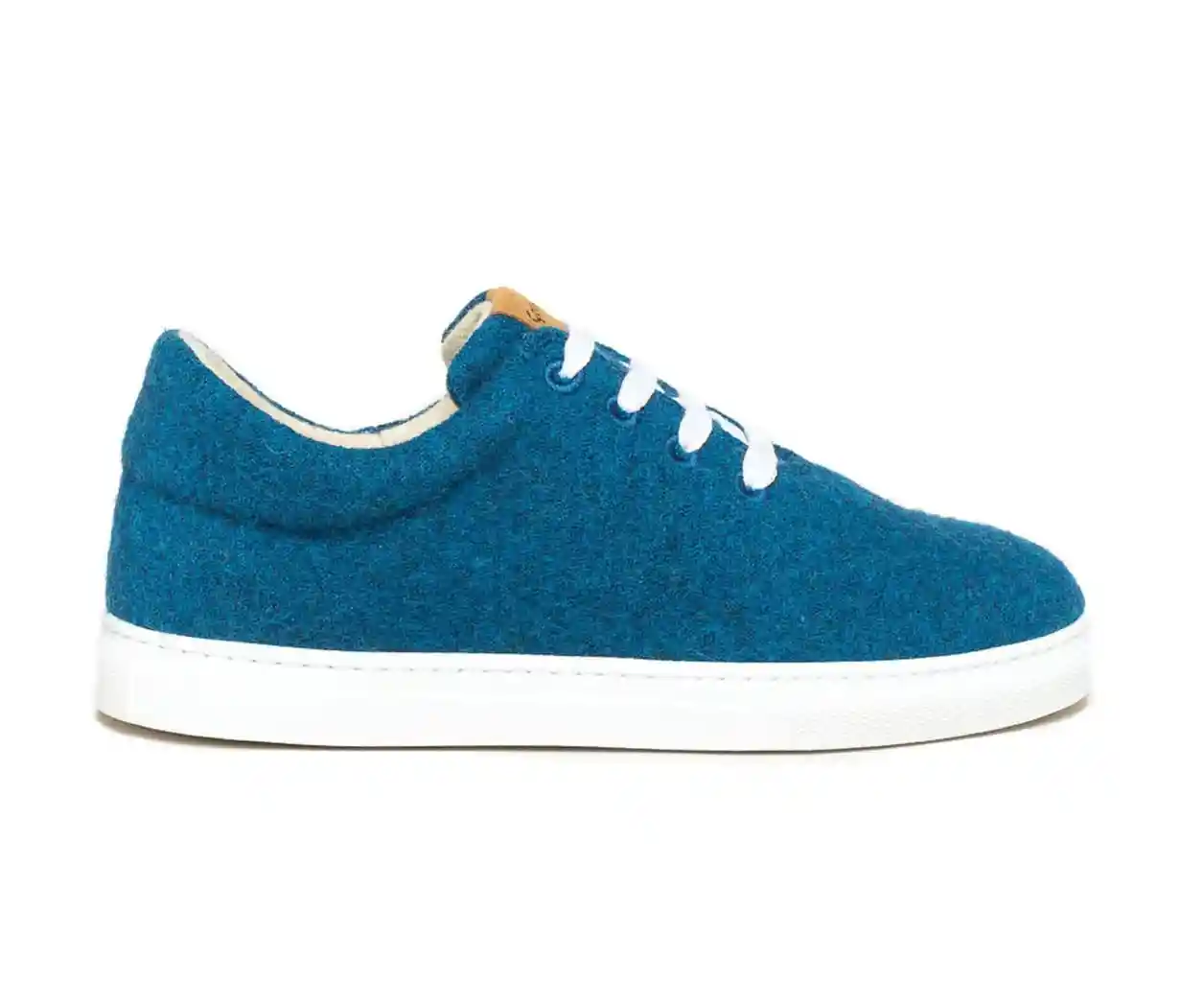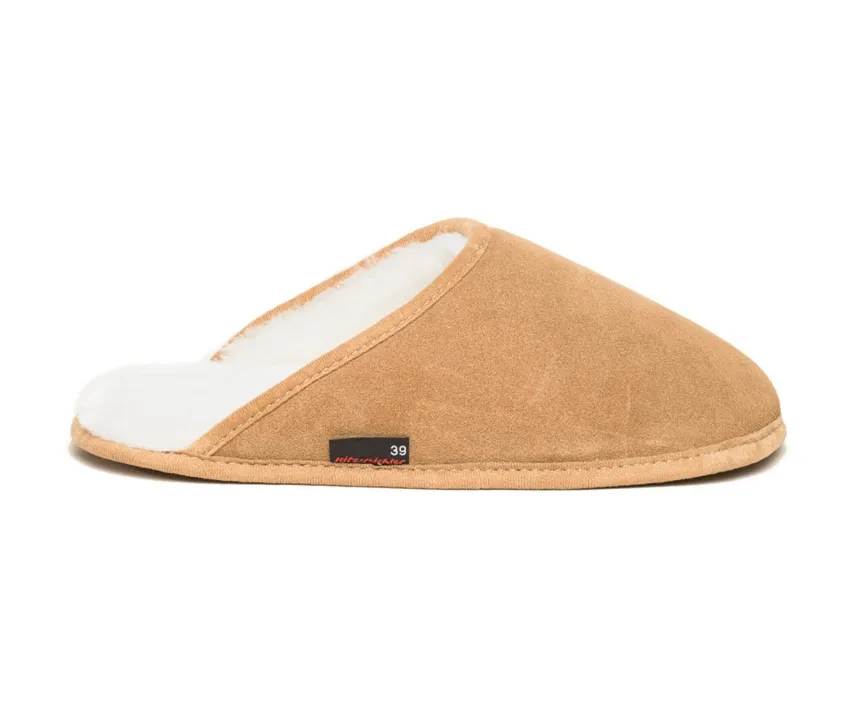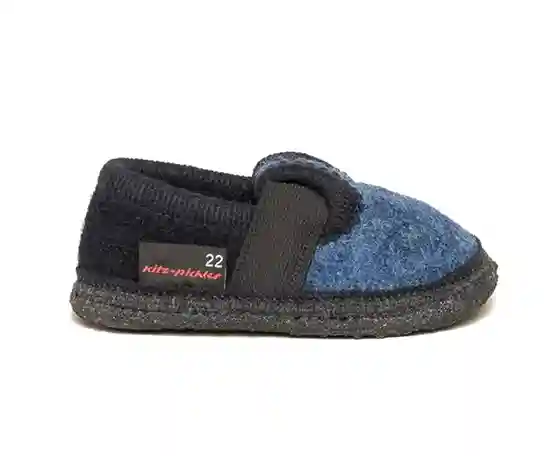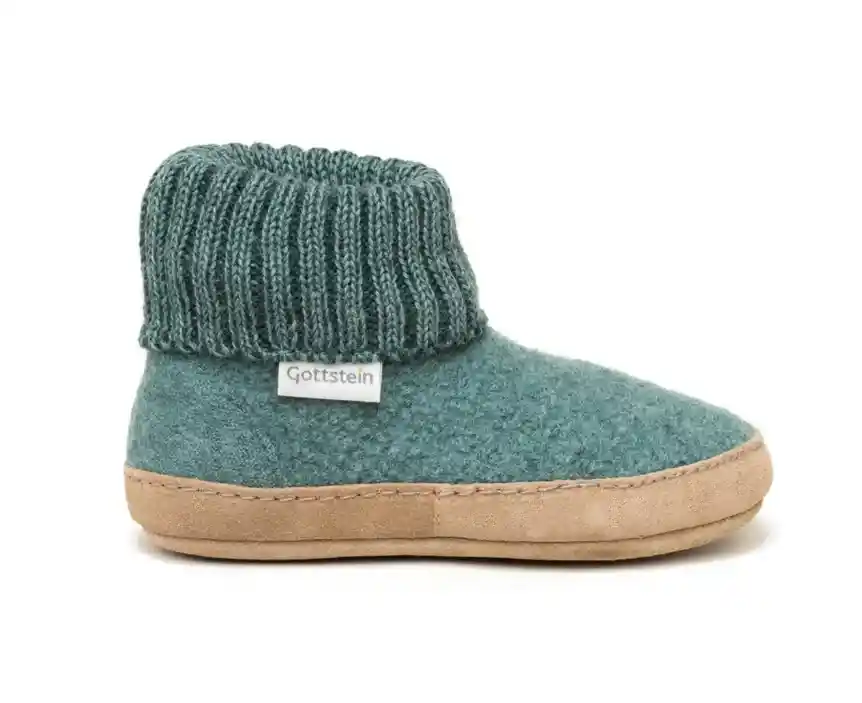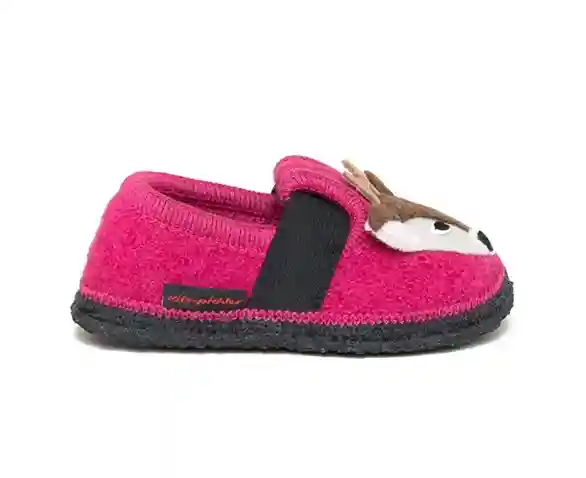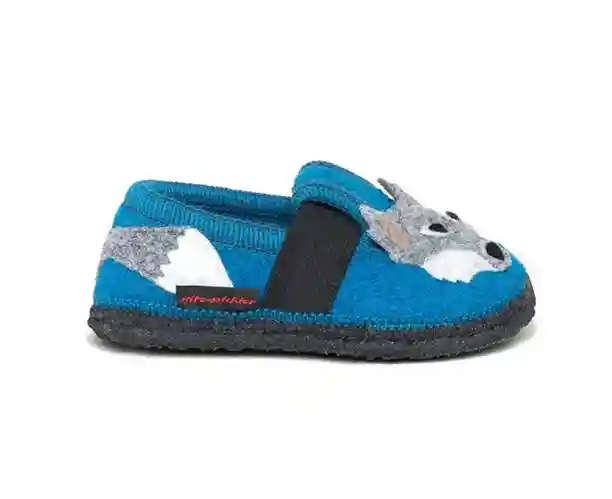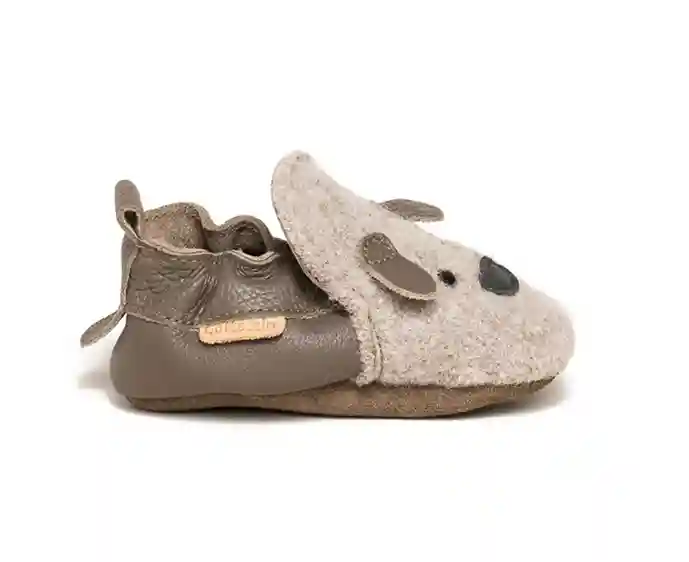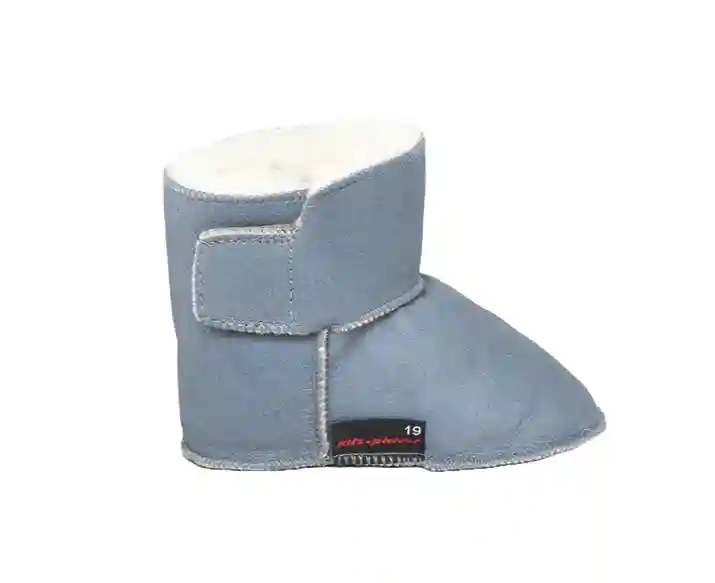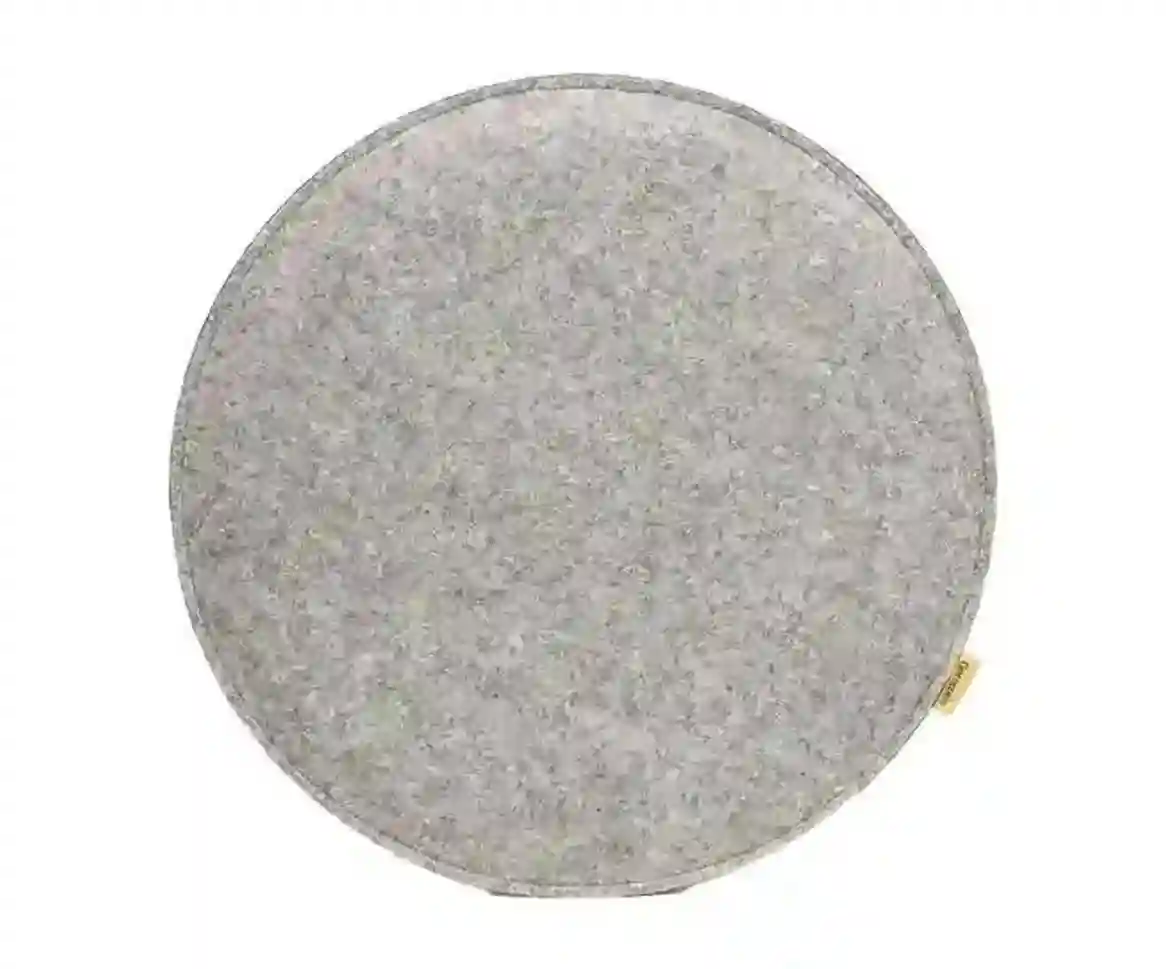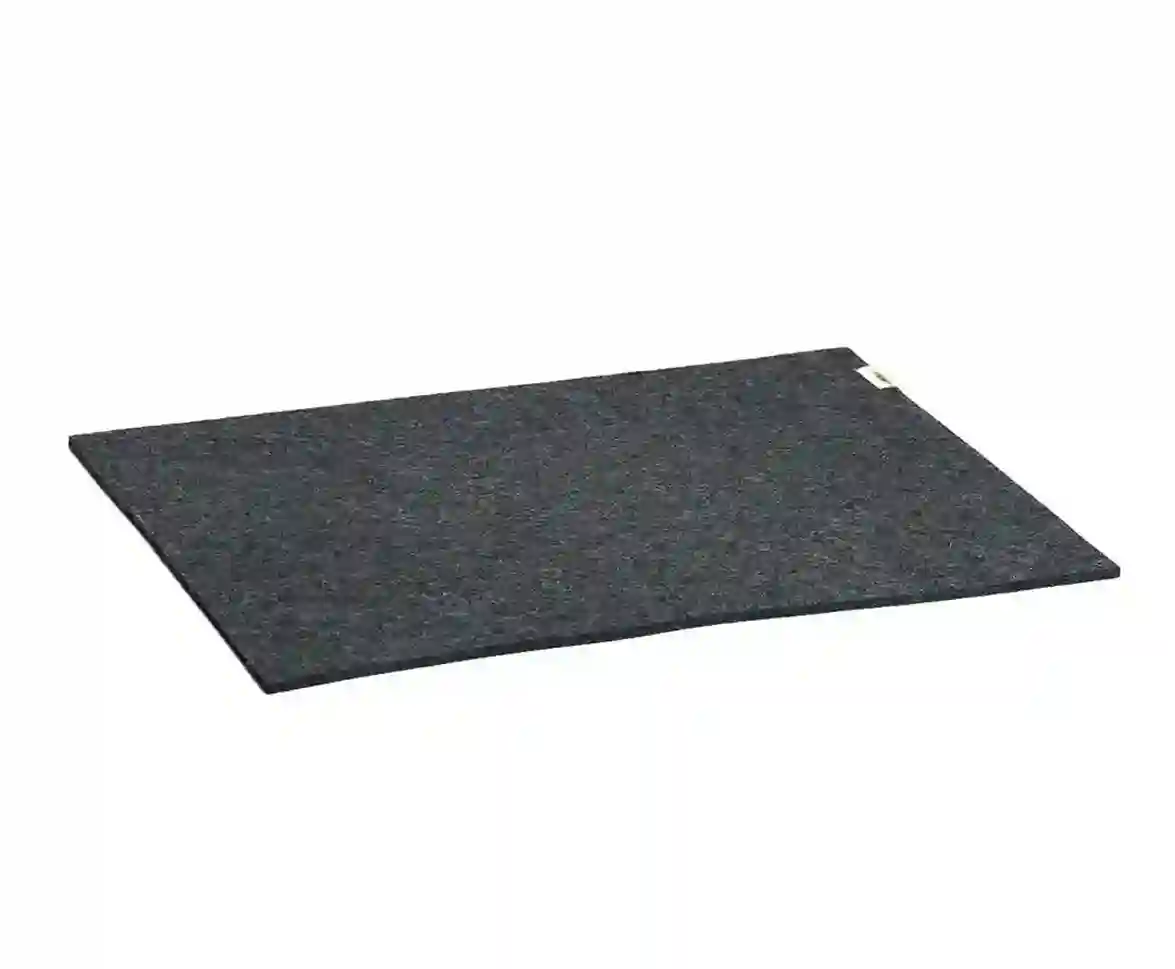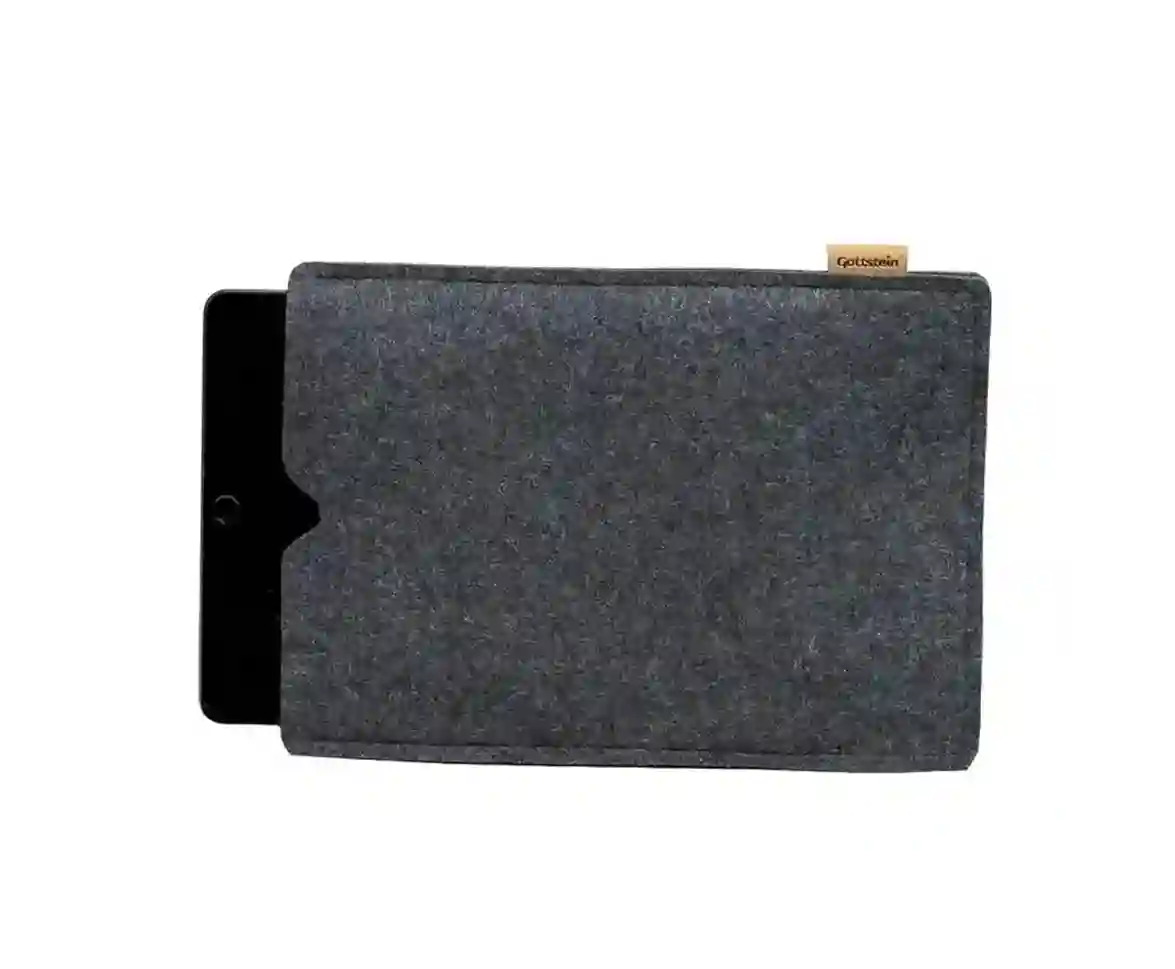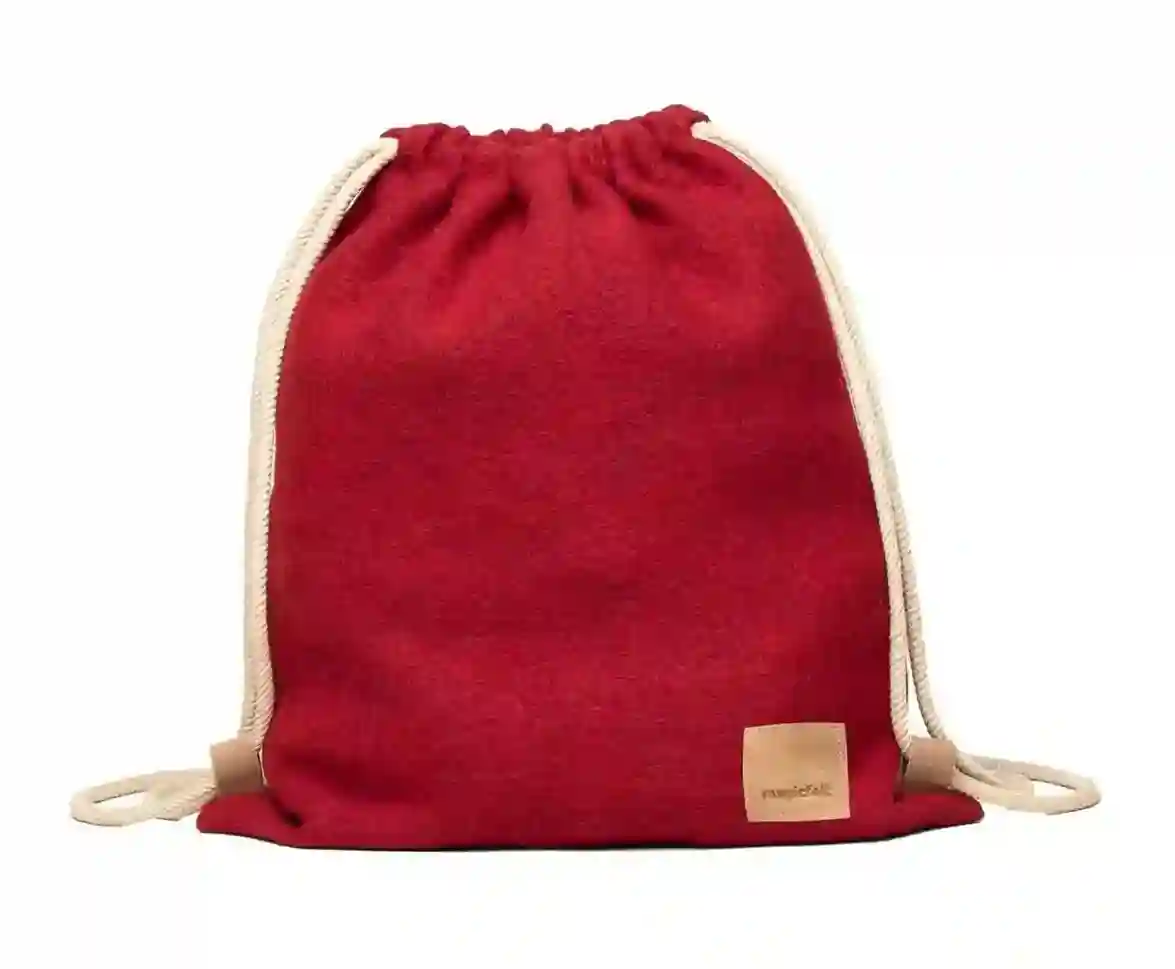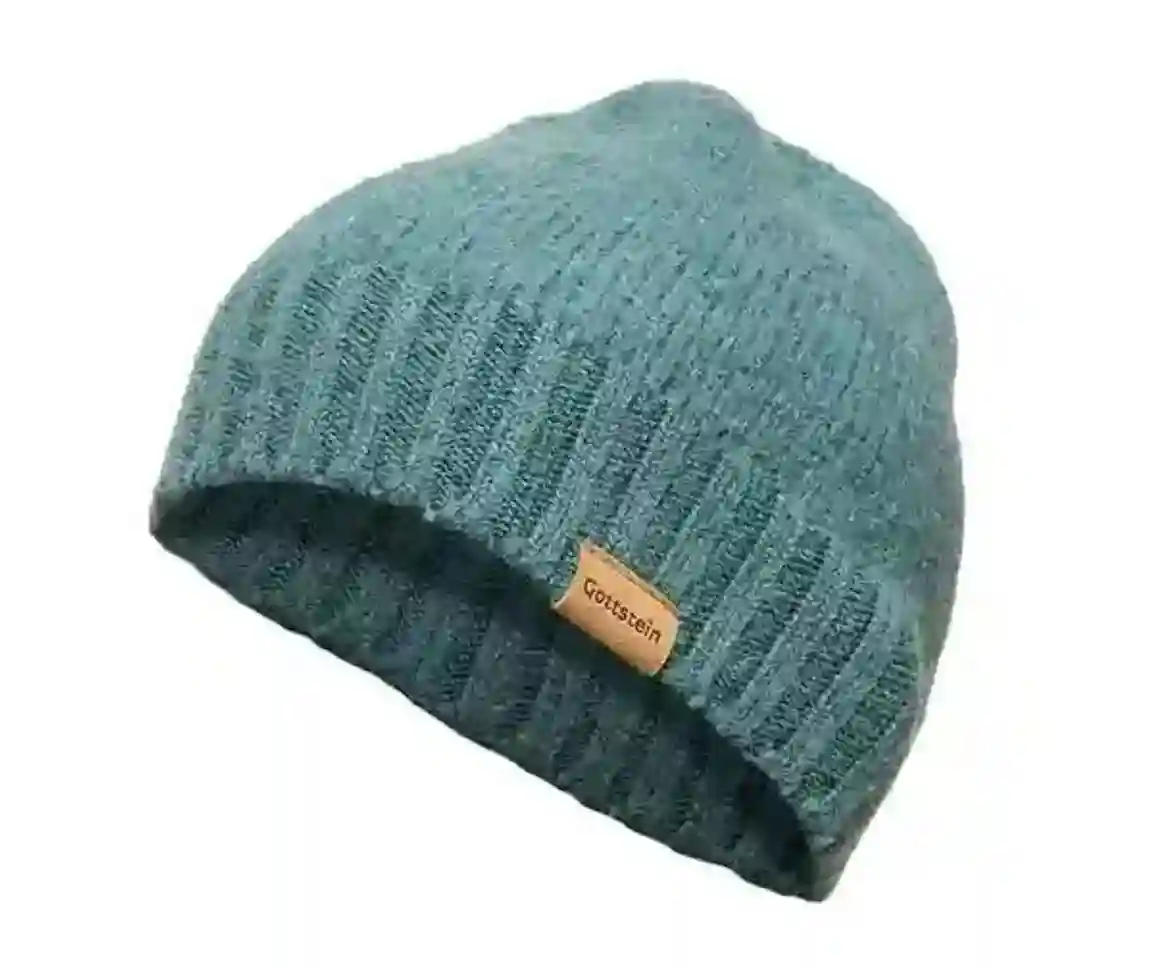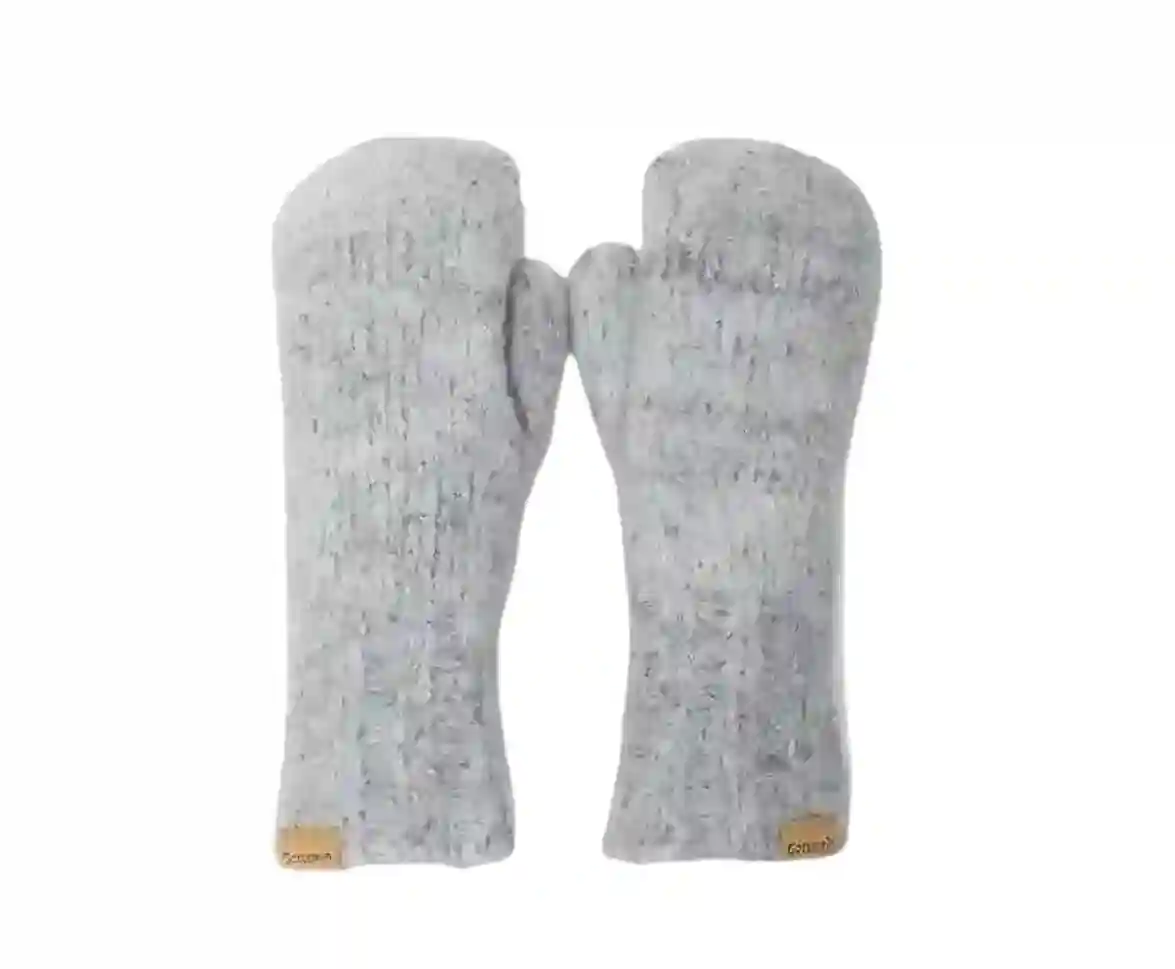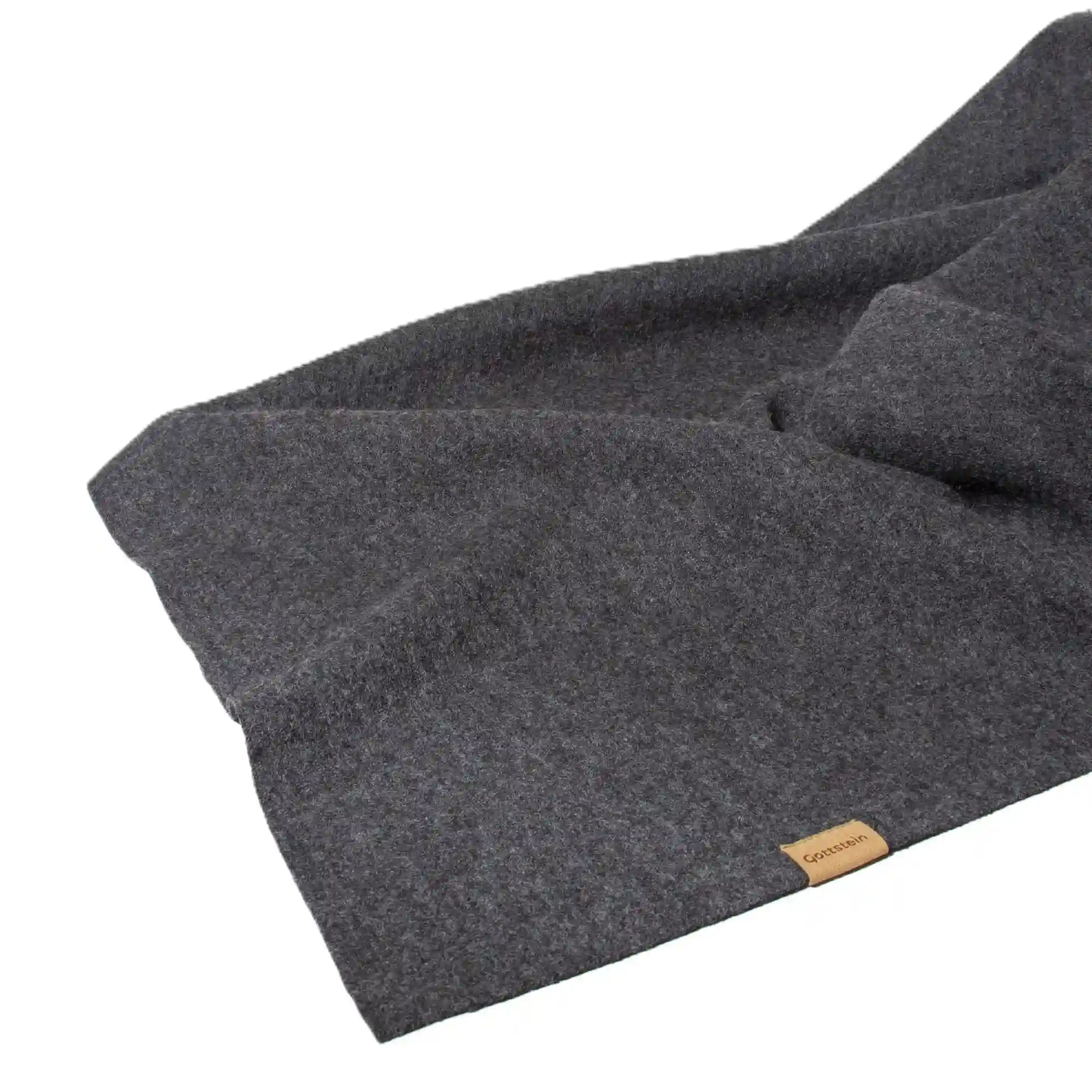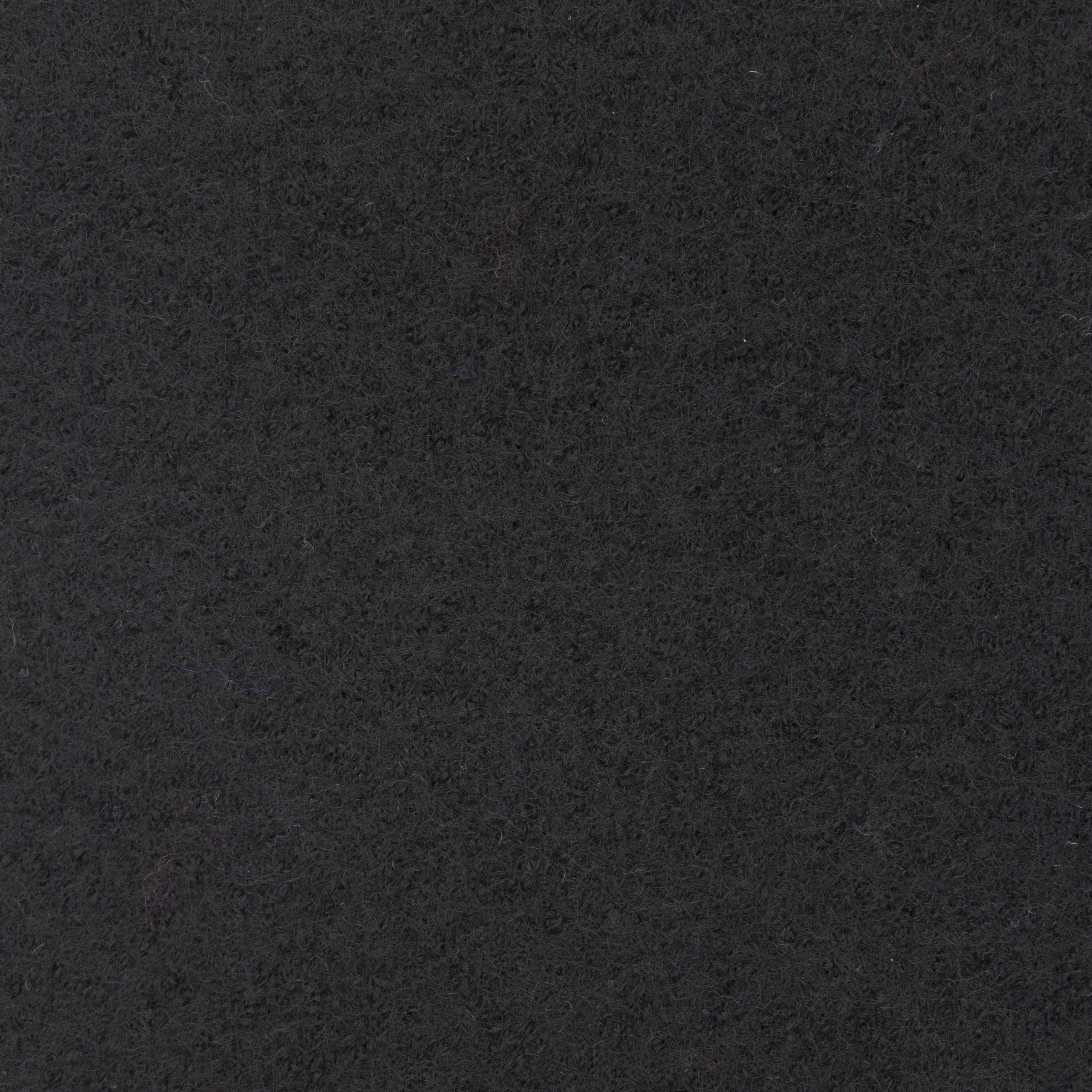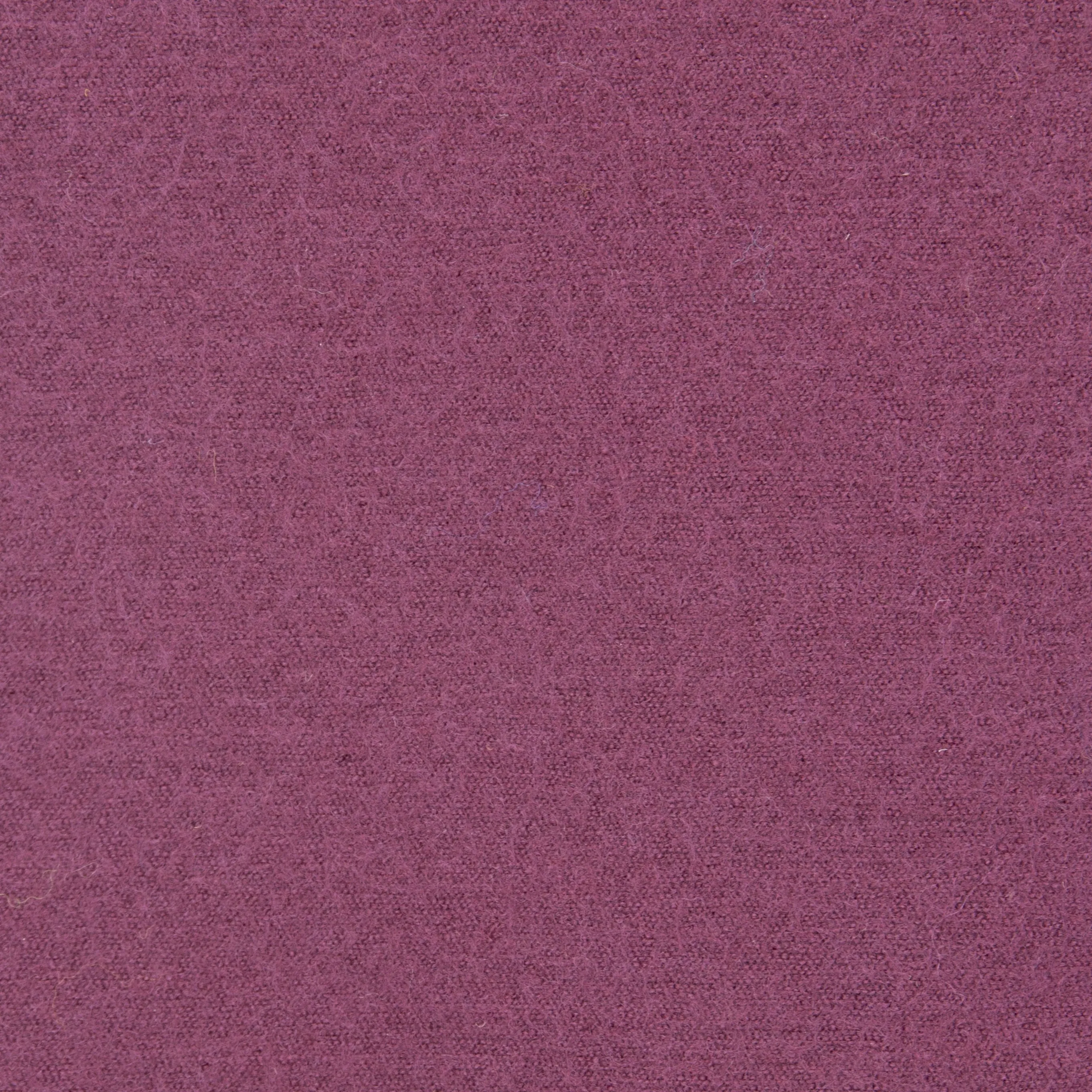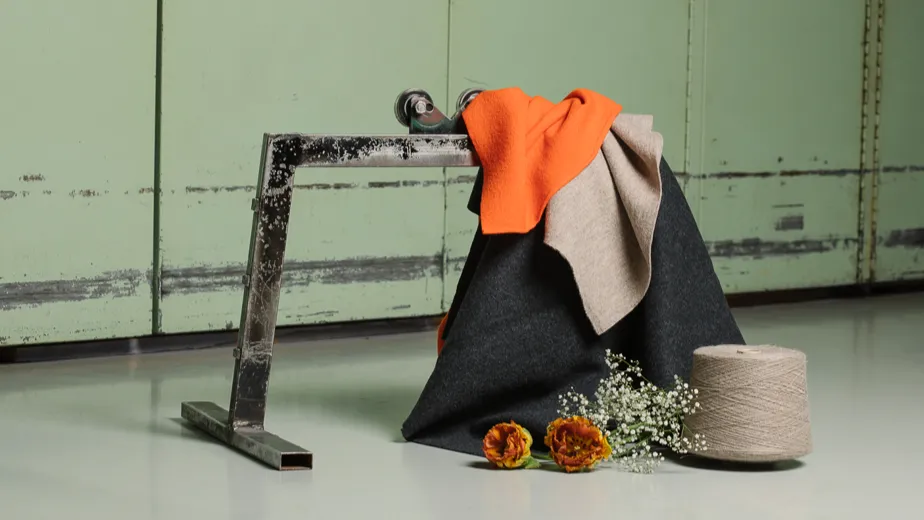
Felted wool fabrics
Discover our range of high-quality felted wool fabrics made from 100% soft new wool or merino wool. Lovingly crafted in our manufactory in Tyrol, Austria. We use sheep wool sourced from across Europe to create premium felted wool fabrics. We felt them with pure Tyrolean mountain spring water, without any additives. Our elegant walk fabrics are suitable for any DIY project, whether it's children's clothing, coats, pants, or even for your home!
Boiled wool fabrics
What is boiled wool fabric exactly?
Boiled wool fabric is a textile material made from wool and treated through a special felting process to achieve its unique properties. Unlike “loden, “walk” fabrics are more elastic. Additionally, felted wool is warming, durable, temperature-regulating, and flexible.
How is boiled fabric made?
Boiled wool fabric is created by felting wool, which compresses the material and makes it more durable. The walk fabric is knitted on circular knitting machines and then felted. We felt our fabrics using pure Tyrolean mountain spring water without any additives such as alkali, softeners, or other chemicals. Our walk fabrics are environmentally friendly and felted at a very moderate temperature of 30°C. After felting, the fabric is cut, rolled, dried, and ironed. Then, quality control is performed during the inspection. If you want to learn more about our production you can see an image video on our page felted wool fabrics.
What properties does boiled wool fabric have?
- Thermal insulation: Thanks to the structure of the wool, walk fabrics offer excellent insulation properties and keep you warm on cold days.
- Water-repellent: Wool is naturally water-repellent, keeping you dry during light rain.
- Dirt-repellent: Felted wool fabric is inherently dirt-repellent. Coarse stains can be easily brushed off after drying.
- Antibacterial: Boiled wool fabric is naturally antibacterial, so it doesn’t necessarily need to be washed. It’s sufficient to air out wool items outside.
- Breathability: Felted wool fabrics allow moisture to escape, keeping you comfortable even during physical activity.
- Elastic: Our felted wool fabrics are elastic due to a special process, without the addition of elastane.
- Raw edge processing: Walk fabrics can be processed with raw edges. Finishing the edges is not necessary.
- Easy care: Our walk fabrics are particularly easy to care for due to the use of high-quality wool. Wool is naturally antibacterial, so frequent washing is not required.
- Versatile use: Whether for warm coats, children's clothing, cozy blankets, or stylish hats, our felted wool fabrics are used in many areas.
- Pure nature: Our felted wool fabrics have been traditionally made in our manufactory in Tyrol, Austria, since 1926. We always work with pure wool from selected European suppliers.
- Biodegradable: Wool fully decomposes in the earth within two months.
What are the possible uses for boiled wool fabric?
Boiled wool fabric is commonly used for clothing (e.g., coats, jackets, sweaters, hats), home textiles (e.g., blankets, cushions, upholstery, wall panels), and craft projects.
How do I care for boiled wool fabric?
Boiled wool fabrics should generally be hand-washed or washed on a wool cycle. Spinning should be avoided as it can cause the fabric to shrink further. It's important to avoid high temperatures and drying in the sun. We recommend washing walk fabrics cold by hand when necessary. Since wool is antibacterial and self-cleaning, it’s sufficient to air out finished walk fabric items outside. Stubborn dirt should be allowed to dry and then brushed out. A soft, damp cloth can also be used to remove stains.
Is walk fabric environmentally friendly?
Yes, since our walk fabric is made from pure sheep wool, it is biodegradable and a sustainable raw material. We also prioritize environmentally friendly production. All our suppliers are carefully selected. Our walk fabrics are made in Tyrol, Austria, following strict, GOTS-certified guidelines.
What are the differences between boiled wool fabrics made from new wool and other materials?
New wool has excellent insulation and breathability compared to synthetic materials, which are often less sustainable. Boiled wool fabrics that include synthetics are often cheaper and commonly sourced from the Far East.
Can I process felted wool fabric myself?
Yes, felted wool fabric is well-suited for sewing projects and crafts, even for beginners.
How do I recognize high-quality felted wool fabric?
High-quality felted wool fabric feels soft, has a uniform structure, and is durable.
Are there specific boiled wool fabrics for certain applications?
Yes, boiled wool fabrics often vary in weight and construction, which can influence their application. Lightweight walk fabrics at 230 g/m² are often made into t-shirts or sweaters, while very thick walk fabrics at 870 g/m² can be made into slippers.
Is there a trade discount for Gottstein felted wool fabrics?
Yes, we have special conditions for businesses and manufacturers. Please contact us regarding this at k.stadler@gottstein.at.
Is walk fabric the same as loden, felt, or walk-loden?
No. Unfortunately, these textile terms are often used synonymously, and there is much "half-knowledge" on this topic online. Here are the differences:
- Walk fabric: Walk fabric is knitted on circular knitting machines and then felted. The felting process achieves controlled matting of the wool. Both carded and combed yarns can be used for producing wool walk. There are very light to very heavy walk fabrics, and further finishing is traditionally uncommon.
- Loden: Unlike walk fabric, loden is woven and not knitted. Loden is a medium to heavy carded yarn fabric, often melange, with or without a finishing treatment. Due to increased felting, loden is dense and durable.
- Felt: Felt is a "non-woven" material made by parallelizing wool fibres (aligning them in one direction) to create a fibre fleece. Felt can be categorized into wet felt and needle felt. Wet felt is produced under the influence of alkali, heat, movement, and pressure. Needle felting is a purely mechanical process where the fibre fleece is compressed into needle felt using needles.
- Walk-loden: This is a mix of walk fabric and loden, often used synonymously for all felted materials.


